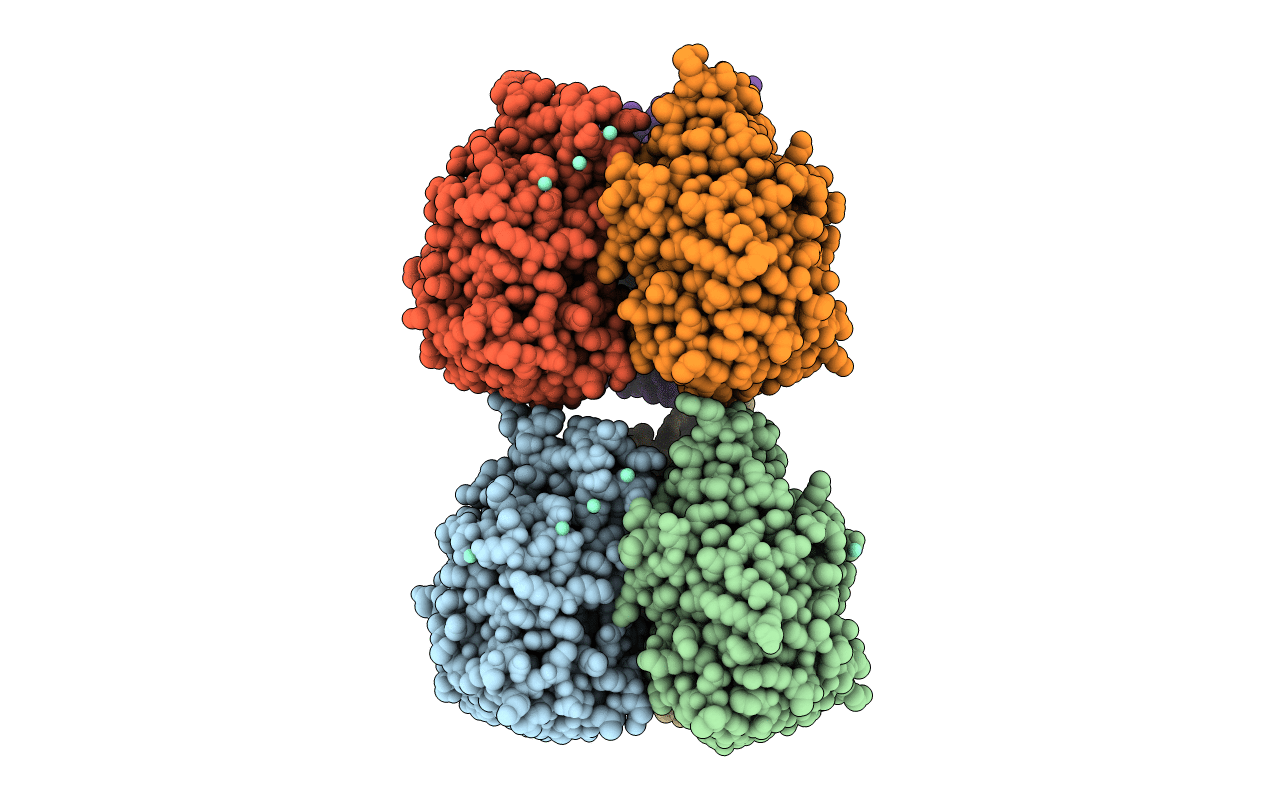
Deposition Date
2018-02-14
Release Date
2018-06-06
Last Version Date
2024-11-06
Entry Detail
PDB ID:
5ZC0
Keywords:
Title:
Crystal structure of Xenopus embryonic epidermal lectin in complex with Samarium ions
Biological Source:
Source Organism:
Xenopus laevis (Taxon ID: 8355)
Host Organism:
Method Details:
Experimental Method:
Resolution:
2.75 Å
R-Value Free:
0.23
R-Value Work:
0.19
R-Value Observed:
0.19
Space Group:
P 1 21 1


